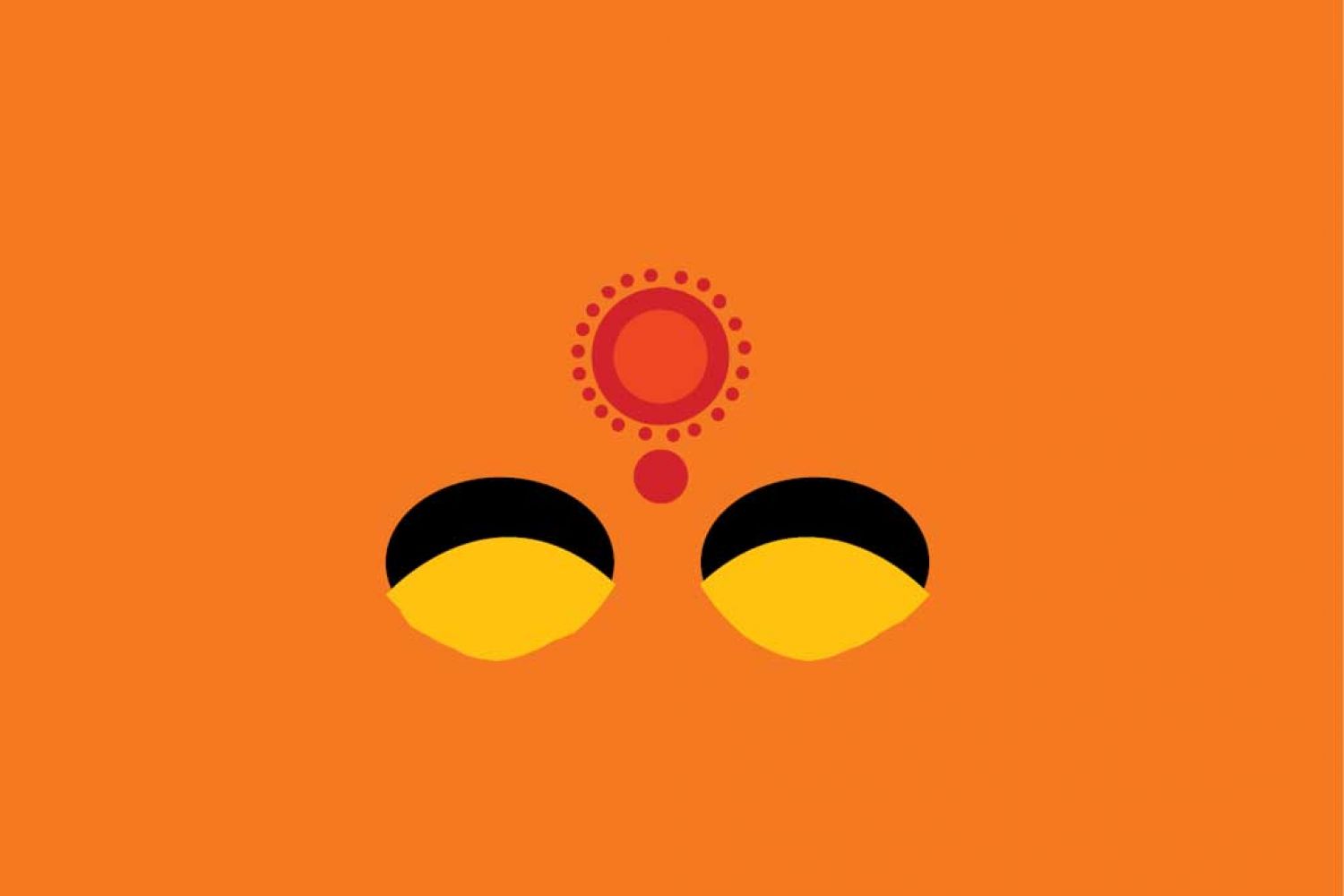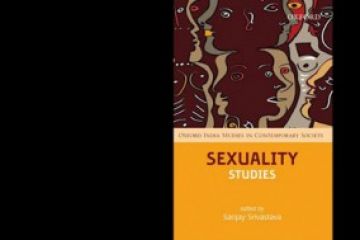
Naina Devi was passionate about thumri and the only time I was gently admonished was when I called thumri a genre of ‘light classical music’. ‘There is nothing light about it,’ she said. ‘It is a form that requires great skill and profound knowledge of classical music. —Nilina’s Song Naina Devi was an unusual lady. She was born into a distinguished and somewhat eccentric Bengali family in Calcutta in 1917. Her grandfather Keshav Chandra Sen was a Brahmo Samaj reformist turned f





